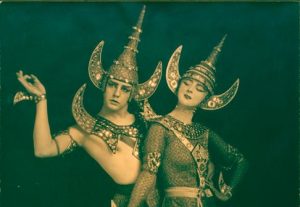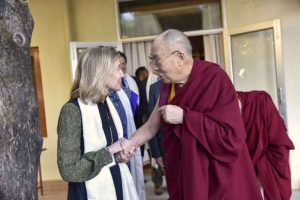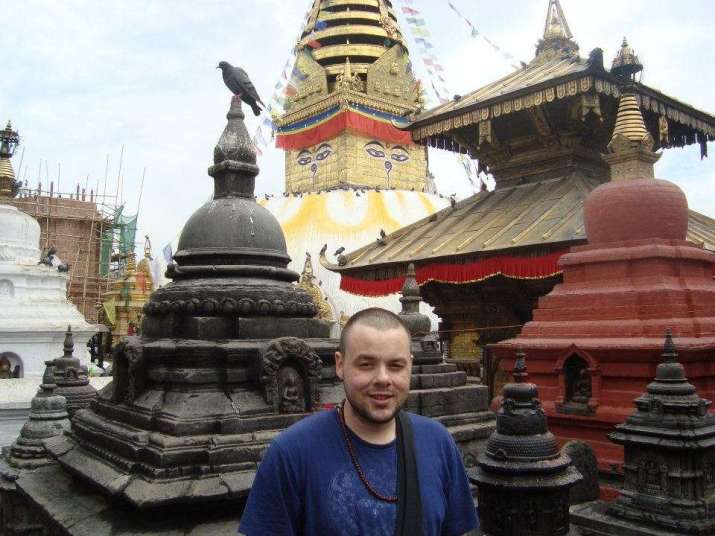
Buddhism and astrology might seem to be unrelated fields. Buddhism affords a set of teachings intended to liberate us from cycles of rebirths, while astrology concerns itself with how human activities are affected by the planets. However, astrology appears in Buddhist texts and practices throughout history. Jeffrey Kotyk is one of the few scholars who specializes in this subject. His doctoral thesis at Leiden University in the Netherlands was on “Buddhist Astrology and Astral Magic in the Tang Dynasty” (funded by the Robert H. N. Ho Family Foundation Dissertation Fellowship and the BDK Canada Fellowship). Originally from Canada, Kotyk completed his MA in Buddhist studies at Komazawa University in Japan. Presently, he is a visiting researcher at the International Consortium for Research in the Humanities (Friedrich-Alexander-Universität) in Germany. In this interview, he elucidates the connections between the two equally fascinating worlds of Buddhism and astrology.
Buddistdoor Global: How did you become interested in Buddhist astrology? What are the challenges in this area of research?
Jeffrey Kotyk: Sometime around 2011, I was reading a Buddhist text and encountered a reference to the 12 Western zodiac signs. I thought this was rather unusual, since we normally do not think of zodiac signs in Buddhism. The zodiac signs were originally a product of Mesopotamia and we’re quite familiar with them today as a result of contemporary awareness in popular astrology, but I was puzzled why Buddhists would have been using them. So I started looking through the Chinese Buddhist canon and discovered that the zodiac signs and a lot of elements of ancient Indian astrology appear throughout the centuries. There was some secondary literature on this topic at the time, but it was more just brief surveys of relevant literature, rather than in-depth studies of Buddhism and astrology in East Asia. I figured this would make a good PhD project and so I pitched it to Leiden University and they accepted.
The primary challenge for doing this research was familiarizing myself with Hellenistic, Iranian, Indian, and Chinese systems of astrology, and figuring out how all of these connect with medieval Chinese Buddhism. In many ways, learning ancient astrology was like learning a whole new religion atop Buddhism. The other challenge was acquiring secondary literature on Buddhism and astrology. Despite the scholarship on astrology and other religions (such as Christianity, Judaism, Hinduism, etc.), there really has not been much interest in Buddhist astrology until the last few years. You can read any number of books on Buddhism in India or China and never find a mention of astrology.
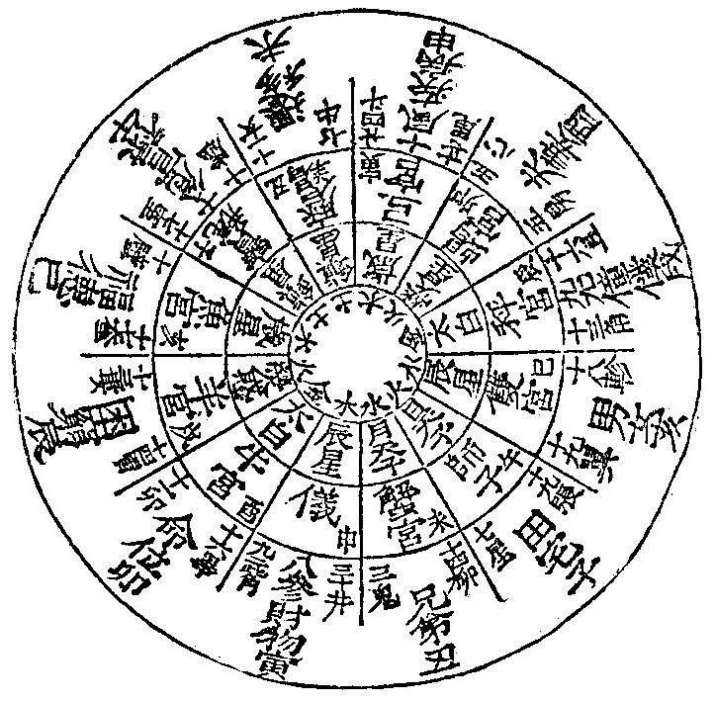
BDG: In your publications, you use the term “Buddhist astrology”. How do you define this term, and how is astrology used in Buddhism?
JK: I have actually received criticism for suggesting that Buddhist astrology even exists. At a big Buddhist studies conference in Toronto, last year, I was asked: “What makes Buddhist astrology ‘Buddhist’ apart from Buddhists practicing it?” This is a very pertinent question. My response is that astrological knowledge features in the earliest extant Buddhist literature. For example, the schedule of the monastic meeting (poṣadha) was traditionally coordinated with the lunar cycle as well as the 28 nakṣatras. A nakṣatra is a “lunar station” or constellation through which the Moon progresses—it takes about 27–28 days to cycle through all of them. In ancient India, there were originally 28 of these nakṣatras, each of which had astrological associations (for example, some are auspicious and others inauspicious). Buddhist activities were coordinated with these in mind. After Hellenistic astrology was introduced to India in the 4th and 5th centuries, other astrological elements, such as the zodiac signs and the seven-day week were also incorporated into the Buddhist understanding of astrology. Once Tantric or Vajrayana Buddhism appeared on the scene, astrology became essential to the timing of rituals. This necessitated the study of scientific astronomy on the part of Buddhists too. The Kalacakra Tantra actually incorporates a great deal of scientific astronomy into its framework.
BDG: Let’s look at the Chinese context. Before the introduction of Buddhism, astrology already existed and had been practised for divination. What was new about Buddhist astrology?
JK: Native Chinese astrology was entirely different from what developed in India and the Hellenistic world. Chinese astrology during the early centuries CE, for example, was chiefly concerned with predicting events that impacted the court, the ruler, and the country as a whole (harvests, wars, famines, etc). There was no method to investigate an average individual’s fortune and fate. Moreover, the astronomical knowledge required to track the movement of the planets was nominally off limits to anyone but official court astronomers. The reason for this law was that a potential usurper of the throne could read omens against the present ruler and justify a rebellion. In India and the Hellenistic world, however, astrology could be used to predict the personal qualities and fate of a person. This would have been very new to the world of Chinese divination, especially since advanced astronomical knowledge was legally off limits to most of the population. Once Buddhist astrology was systematically explained and implemented in the 750s and 760s, the average Buddhist had the tools to engage in a system of astrology that dealt with their individual circumstances. Within a few decades, the Buddhist practice of astrology prompted wider interest in foreign astrology, encouraging the translation of new texts. Buddhists then picked up those new texts for themselves, even though they weren’t Buddhist at all.
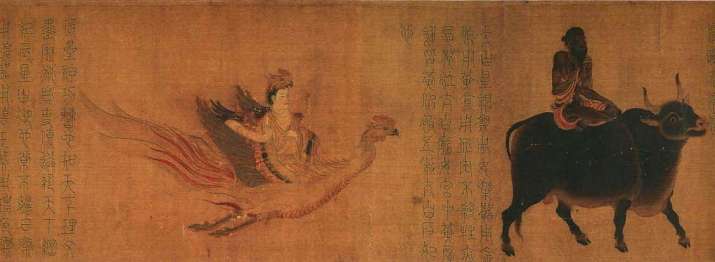
BDG: It seems that Buddhist astrology drew on an eclectic mix of sources, Hellenistic, Iranian, Indian, and so forth. Is Buddhist astrology a consistent body of knowledge?
JK: Buddhist astrology in India was already a mixed bag before it was transmitted to China, especially during the 8th century. To complicate matters, the Buddhist practice of astrology that we see during the 9th century includes a lot of materials derived from Iranian sources that were themselves often translations of Hellenistic works. Was all of this consistent? That’s a good question. So far as the practice of horoscopy and electional astrology (determining auspicious times to perform rituals) are concerned, I think their practice was consistent. The text that Amoghavajra is said to have translated, titled Xiuyao jing 宿曜經 or Scripture of Constellations and Planets, from the 750s to 760s, was the first authoritative manual of Buddhist astrology in China. This work was coherent and consistent in my mind. It became the standard work for the next century, and later it was used as the go-to manual in Japan in both the Tendai and Shingon traditions.
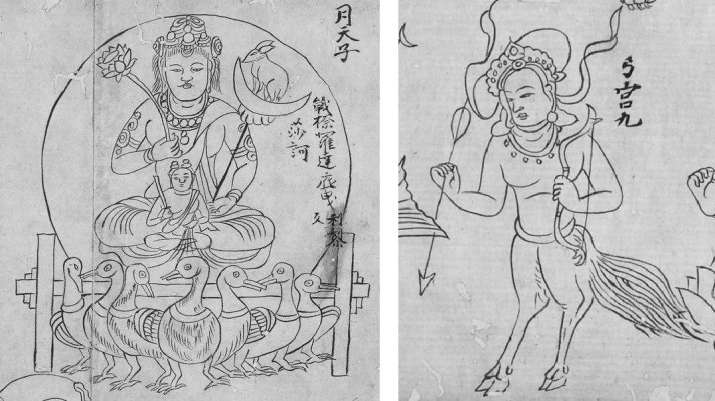
BDG: The premise of astrology is rather deterministic, because it holds that movements of the planets affect one’s personality and life. However, according to karma, a fundamental principle of Buddhism, destiny is nothing but the consequences of one’s own thoughts, words, and actions. How did Buddhists reconcile these two conflicting ideas?
JK: The Parnasabaryavalokitesvarabodhisattva Sutra states that hardships in life are “due to past karma and causes-conditions, being born under a bad naksatra convergence. Some often have their natal naksatra intruded upon by the five planets, making their bodies uneasy.”
The idea here is that being born under bad stars is a result of past life karma. The result for this lifetime is irreversible, just as if you were born with some sort of physical disability. So, astrology in this Buddhist context is not so deterministic. Karma is a concept that is frequently invoked in Indian astrology and Hinduism in general as well. Free will becomes a spectrum, rather than being black and white. The proportion of karma and fate differs according to the thinker or author. It is the same in Hindu traditions as it is in Buddhist writings.
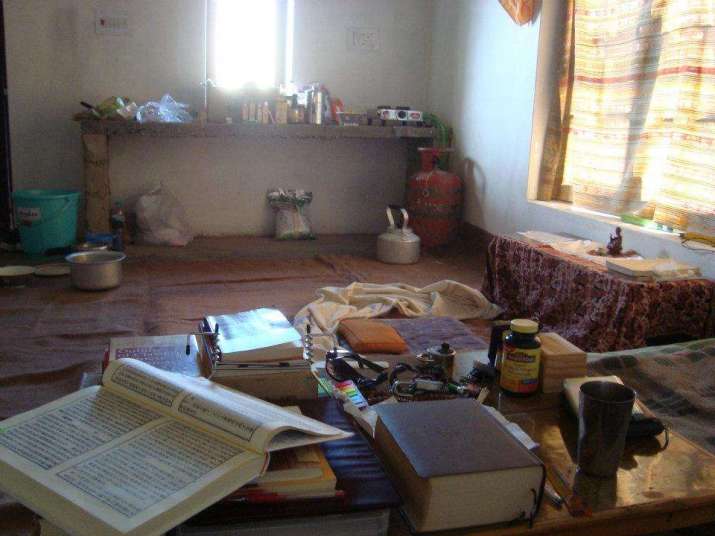
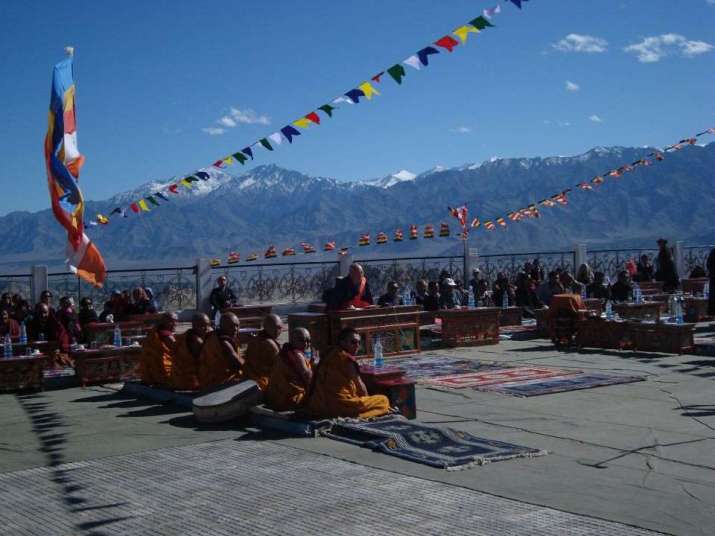
BDG: You have traveled to many Buddhist countries as a pilgrim. You have also learned about Japanese, Chinese, Tibetan, and Theravada Buddhist traditions in monasteries. How has this impacted your academic pursuit and spiritual development?
JK: At the risk of sounding cynical, my lived experience with Buddhist traditions has offered a lot of insight into how Buddhist traditions actually operate rather than how they are supposed to on paper. When I was younger and inexperienced, I always assumed that what we read in sutras ought to be reflective of how Buddhist sanghas operate, but the reality is very different. This isn’t to say that those differences are bad, but just that they do exist. I think, knowing what I know now, that when I read the history of Buddhism I am always aware of the difference between the prescriptive and descriptive. I try to teach my students this difference as well: what Buddhists ought to be doing according to their own scriptures is often very different from what they actually do in real life.
With respect to personal experiences, after my MA degree I went to Leh, Ladakh, in northern India, and spent around five months living on top of a mountain reading Chinese Buddhist philosophy and meditating. This was a nice way to spend several months after having finished my MA thesis. I got a deep sense of how monks in medieval times would have lived in closed retreat. I feel that the experience was quite enriching.
Another advantage of having lived in Tokyo and Taiwan is that I spent a lot of time learning Japanese and Chinese. Gaining literacy in these languages is absolutely essential if you want to study Buddhism in East Asia. I found living in Asia quite enriching and insightful, especially coming from Canada where, nowadays, it is a mix of global cultures. I feel my experiences have really provided a lot of insight useful for operating in an increasingly globalized world!
Read more
Flower Ornament Depository 華嚴藏 (Jeffrey Kotyk’s blog)






